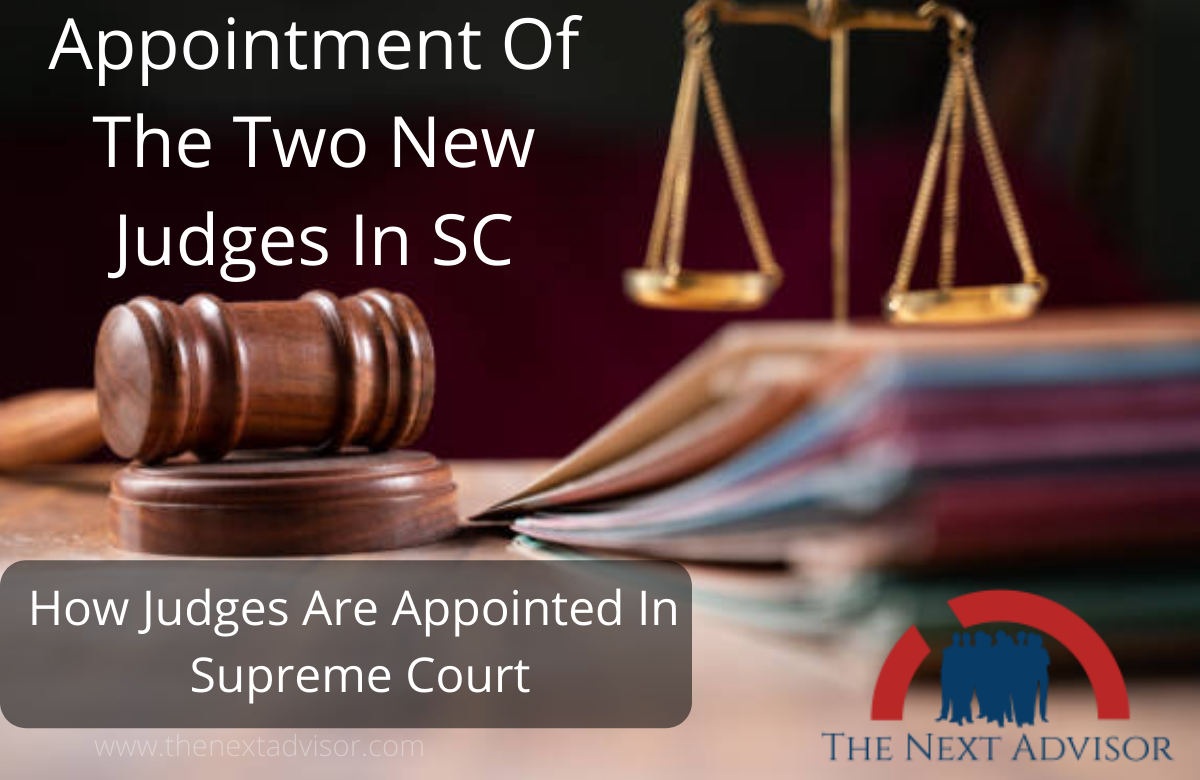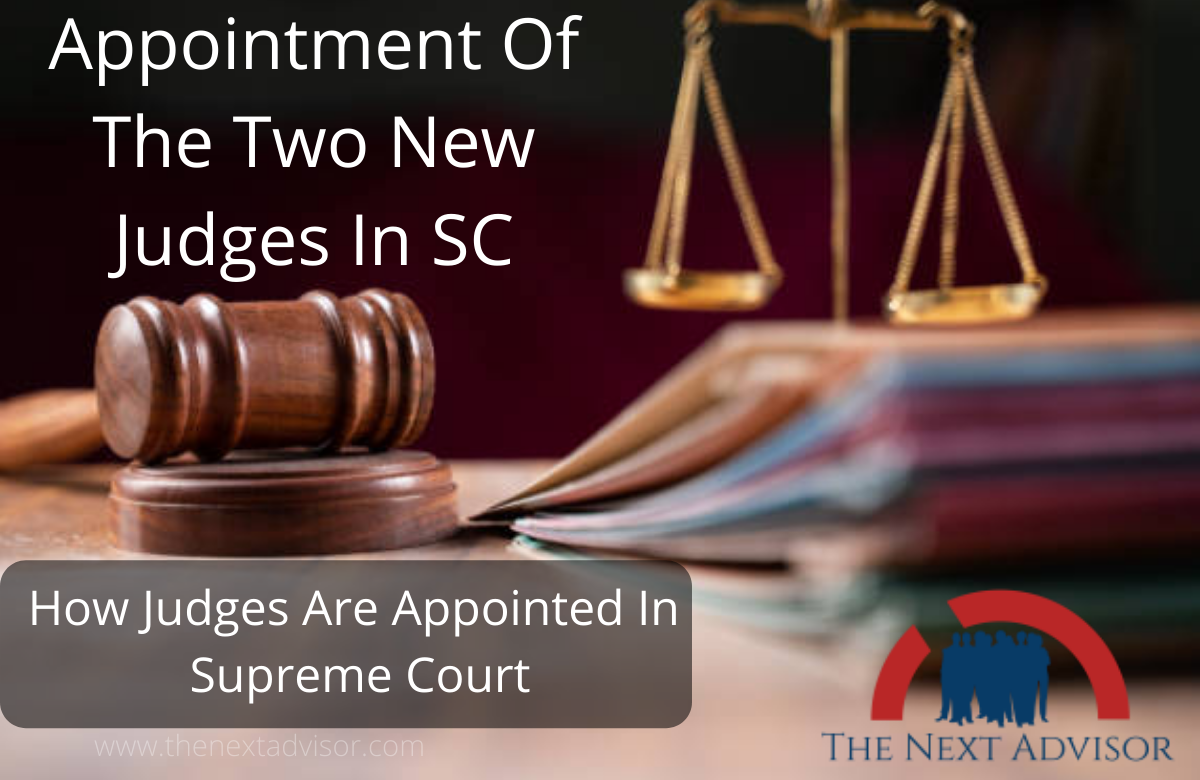Due to the Appointment of the two new judges in the SC, the Honorable Supreme Court has to full strength of 34 judges. The union government on Saturday cleared the elevation of Gauhati high court chief justice Sudhanshu Dhulia and Gujrat High Court judge Jamshed Burjor Pardiwala to the Supreme Court, paving way for the top court to function with a full sanctioned strength of 34 judges after a gap of 30 months.
The Union ministry of law and justice issued notifications formalizing the appointments of justices Dhulis and Pardiwala on Saturday (May 7) afternoon, less than 48 hours after the Supreme Court collegium, led by the chief justice of India (Chief Justice of India) N V Ramana recommended the named.
The fresh appointments will help regain the 34- judge strength, but two other vacancies will arise soon with justice Vineet Saran set to retire on May 10 and justice Nagesware Rao on June 7.
Appointment Of The Two New Judges In SC \ Name of the two new judges
1. Chief Justice Sudhanshu Dhulia.
2. Justice Burjor Pardiwala .
Chief Justice Sudhanshu Dhulia:- Justice Dhulia will be the second judge to be elevated from the Uttarakhand High Court. Justice Sudhanshu Dhulia hails from Madanpur, a remote village located in the Pauri Garhwal district of Uttarakhand. He had his early education in Dehradun and Allahabad and is an alumni of Sainik School, Lucknow. He did his graduation and law from the University of Allahabad.
A second-generation legal professional, Justice Dhulia joined the bar at Allahabad High Court in 1986 and shifted to Uttarakhand upon its formation in 2000. He was the first chief standing counsel in the High Court of Uttarakhand and was later an additional advocate general for the state of Uttarakhand.
Designated as a senior advocate in 2004, he was elevated as a judge of the High Court of Uttarakhand in November 2008 and went on to become the chief justice of the High Court of Assam, Mizoram, Nagaland, and Arunachal Pradesh in January 2021.
Justice Pardiwala:- Justice Pardiwala will be the fourth Parsi to be elevated to the Bench of the Supreme Court. Justice Pardiwala was born in Mumbai and did his schooling in St Joseph school in his home town Valsad (South Gujrat). He graduated from the JP Arts College, Valsad, and secured a law degree from the KM Mulji Law College, Valsad in 1988.
Justice Pardiwala is a fourth-generation legal professional. His father, Late Burjor Cawasji Pardiwala, practiced law in the districts of Valsad and Navsari and was also Speaker of the seventh Gujarat Legislative Assembly from December 1989 to March 1990. Justice Pardiwala’s grandfather and great-grandfather were also lawyers.
Justice Pardiwala started practicing law in the High Court of Gujarat in 1990. He was elected as a member of the Bar Council of Gujarat in the year 1994 and was standing counsel for the High Court of Gujarat from 2002 till he was elevated to the Bench on February 17, 2011. He was confirmed as a permanent judge of the high court on January 28, 2013.

Appointment Of The Two New Judges In SC
Collegium System
• It is the system of appointment and transfer of judges that has evolved through judgments of the SC, and not by an Act of Parliament or by a provision of the Constitution.
• The judicial independence of the Supreme Court, which evolved over the three popular cases, ensures that there won’t be any interference of any branch of the state including the Executive and the Legislature in the appointment and transfer of Judges.
First Judges Case ( 1981 ): It declared that the ” primacy ” of the Chief Justice of India ( CJI ) s recommendation on judicial appointments and transfers can be refused for ” cogent reasons. ” The ruling gave the Executive primacy over the Judiciary in judicial appointments for the next 12 years.
Second Judges Case ( 1993 ): SC introduced the Collegium system, holding that ” consultation ” really meant ” concurrence “. It added that it was not the CJI’s individual opinion, but an institutional opinion formed in consultation with the two senior-most judges in the SC.
Third Judges Case ( 1998 ): SC on President’s reference expanded the Collegium to a five-member body, comprising the CJI and four of his senior-most colleagues.
Criticism of the Collegium System
Unconstitutional and autocratic: ‘ Collegium ‘ is nowhere mentioned in the Constitution and has been evolved by the judiciary itself for retaining the power to select judges by itself. Undemocratic: Selection of judges by collegium is undemocratic since judges are not elected by the people and are not accountable to the people or to anyone else.
• Non – transparency and opaque : ( No official procedure for selection + lack of a written manual for functioning + selective publication of records of meetings + no eligibility criteria of judges ) = bring opacity in collegium’s functioning.
• Promotes nepotism: Sons and nephews of previous judges or senior lawyers tend to be popular choices for judicial roles. Thus it encourages mediocrity in the judiciary by excluding talented ones.
National Judicial Appointments Commission
• The attempt made to replace the collegium system with a ‘ National Judicial Appointments Commission ‘ was struck down by the court in 2015 on the ground that it posed a threat to the independence of the judiciary.
• The government through the 99th constitutional amendment wanted to replace the collegium with the NJAC.
• The NJAC is comprised of 3 judges of SC, a central law minister, and 2 civil society experts.
• A person would not be recommended by NJAC if any 2 of its members did not accept such a recommendation which means it was making the appointment process more broad-based. However, it was struck down by the Supreme Court in 2015 in the Fourth Judges Case.
Fourth Judges Case, 2015
In the Fourth Judges Case, 2015, the SC upheld the primacy of the collegium by striking down the NJAC law.
• The court’s rationale was that the NJAC law offered politicians equal power in judicial appointments to constitutional courts which is against the provision of ” separation of power ” under the Basic Structure of the constitution which is Ultra Vires of the constitution.
•More importantly, it declared collegium as part of the Constitution’s basic structure. And so its power could not be removed even through a constitutional amendment. But given the criticisms against the system, the judgment promised to consider appropriate measures to improve the collegium system.
Removal of Judges From Supreme Court
To understand the process of Appointment Of The Two New Judges In SC, it is important to understand the removal of judges from the Honorable Supreme Court.
• The Constitution of India also provides a set of regulations for the removal of the Supreme Court judge. Article 124 ( 4 ) mentions those Removal regulations of the Supreme court judge. A judge of the Supreme Court can be removed from his office by an order of the President. The President can issue the removal order only after an address by Parliament has been presented to him in the same session for such removal.
•The address must be supported by a special majority of each House of Parliament ( ie, a majority of the total membership of that House and a majority of not less than two-thirds of the members of that House present and voting ). The grounds for removal are two – proved misbehavior or incapacity.
No judge of the Supreme Court has been impeached so far. Impeachment motions of Justice V Ramaswami ( 1991-1993 ) and Justice Dipak Misra ( 2017-18 ) were defeated in the Parliament.



























